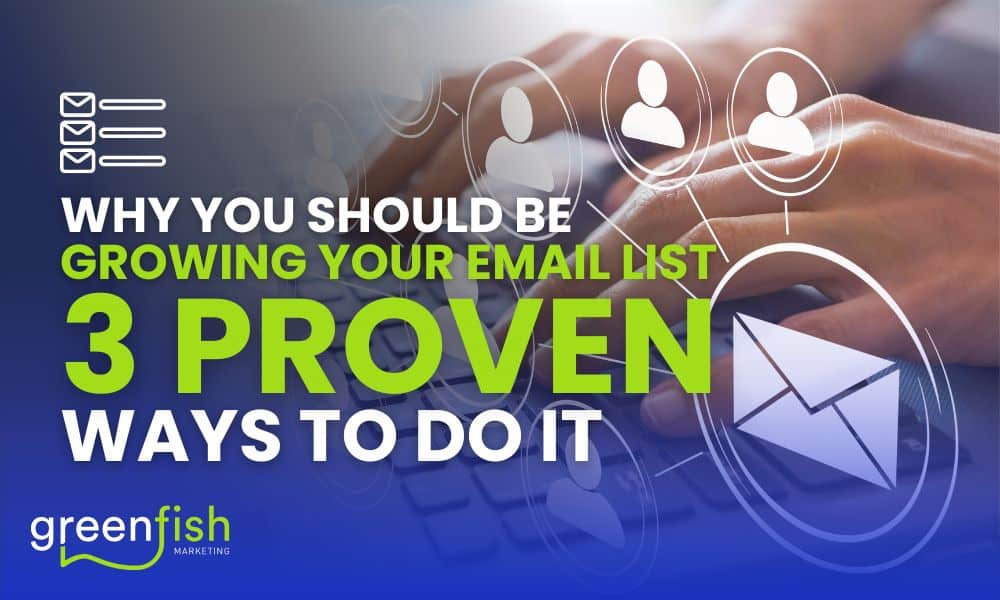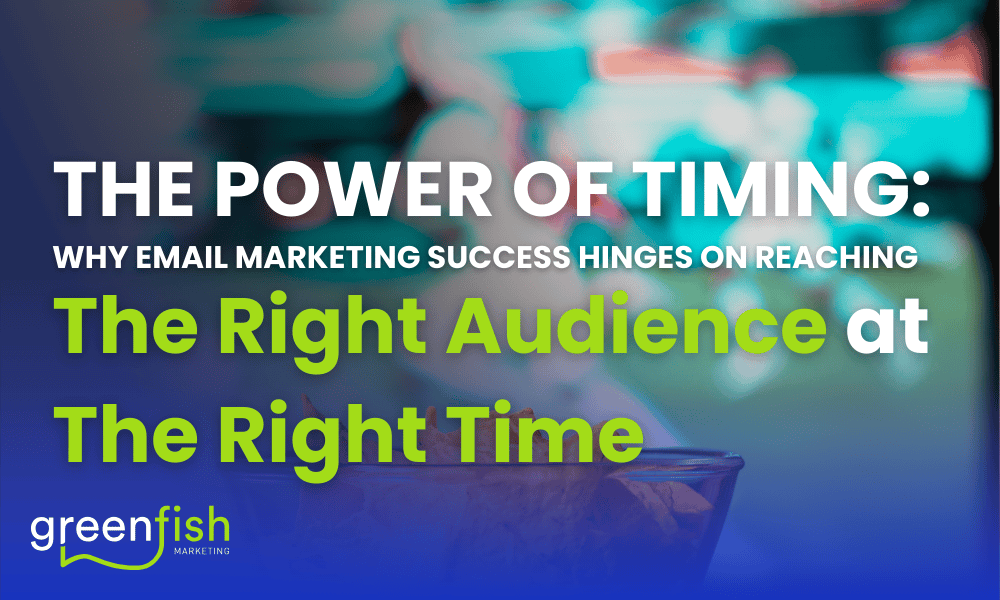A good marketing campaign thrives off three elements; something to sell, an audience to sell to and a method of communication to sell by. But all these aspects go deeper than surface level.
You can spend all your time, money and effort creating a marketing campaign that is clever and engaging, however, if it’s not targeted towards a specific audience you may as well not bother. More importantly, if you don’t know your audience you have a bigger issue to address.
At Greenfish Marketing, we believe it’s important to not just understand who your audience is but who is your ‘best’ and ‘good’ clients are. If you haven’t already, download our Client Profile worksheets click here to identify your ideal prospects and clientele.
With so many companies competing for buyers attention, you need to have a segmentation strategy in place to assist with your marketing efforts and in the long run, cut down costs, reduce time to conversion and increase leads and sales.
What is are segmented audiences?
Segmentation refers to the process of dividing your contact list into subgroups based on criteria, preference and actions. By segmenting your audiences you can target the right audiences with relevant material. This could be sending an email, or a targetted advertisement about a new product to a customer that has bought a similar product in the past.
By mapping out a client profile it can ensure you understand who your audience is and how to target them. Segmentation streamlines your efforts to ensure the right campaign is being directed at your best target market.
Why segment?
Let’s say you’re an online e-commerce business that only ships to Australia. But you’re gaining a great deal of international traffic. At first glance it might look great, however, it’s not giving you the conversion or sales that are actually sustainable or relevant for your company.
This does, however, segment your audience. Keeping this international database is important for when, or if your business decides to scale and expand into international sales. If this happens you can segment the two audiences. For example, promoting a 50% sale within Australia but promoting to your international database is not time or cost effective.
In the digital age, it’s essential to understand and track the online interactions of your audience, BUT the quality of your traffic is crucial. This is why we segment…
77% of return on investment from email marketing stems from segmented, triggered and targeted campaigns, but a study found that 42% of marketers do not segment their audience and only 4% take advantage of segmenting using multiple data types such as purchase behaviours or engagement with emails or newsletters etc.
How to create segmented audiences?
As previously mentioned, segmenting is dividing your contact list and audiences into subgroups based on criteria, preference and actions.
This includes but is not limited to;
- People who open your emails
- Purchasers/Buyers (hot traffic)
- Cart abandons (people who add to their cart but do not purchase)
- Blog readers
- Opt-In/Downloaders
- Engagements on your website.
This may look overwhelming, but the more specific your audience segments, the more beneficial it will be to your marketing campaigns. The detail is up to you, but the more detail the better.
By having the right tracking set up on your website and the appropriate software you can segment your audiences with great detail such as; custom audiences for Facebook, email segments in your software and matched audiences on LinkedIn.
For example; If someone was to add something to their ‘cart’ but didn’t make the purchase, you could run a retargeting ad, reminding them they left something in their ‘cart’ but didn’t make the purchase.
Another great example of segmentation is providing the right material/information to the right people. If you have segmented your audiences, you aren’t going advertise to someone who has only read your blogs with your flagship, most expensive product. You would advertise them other content that builds the relationship before moving them through the customer journey.
Understanding who you’re talking to, what they’re engaged with and what their relationship is with you, (new lead, interested customer, or buyer) is how to benefit the most from segmentation.
If you are unaware of who you’re talking to, you cannot segment, last weeks blog covered customer profiling, so if you haven’t had a read, do so click here. Or if you missed the chance to download Greenfish Marketing’s free Client Profile worksheet click here.
If you have any questions or require further information regarding segmentation and the benefits of it to your marketing campaigns. Get in touch with our team today.




